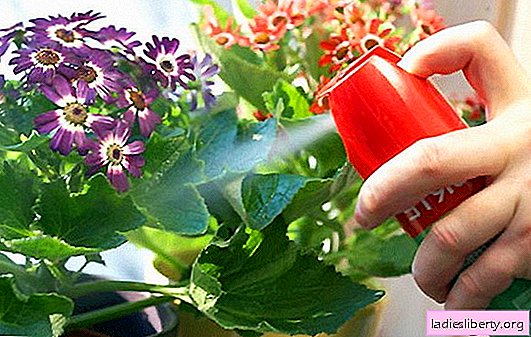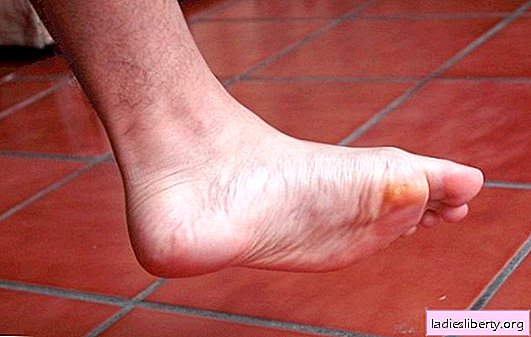
Medlar - general description
Medlar - a multi-stemmed fruit shrub with large elliptical leaves and white fragrant flowers, reaching a height of 7 meters. Family Rosaceae. Flowers are solitary up to 5 cm in diameter, located at the top of short shoots. Fruits - yellow, small, fleshy. The chemical composition is close to zucchini and apples. Medlar blooms in May, and the fruits ripen in October.
Medlar - types and places of growth
Under the name medlar, it is customary to understand two plants: medlar Japanese and medlar German. They are so different that often botanists attribute them not only to different species, but also to different genera, which, of course, is not true. Japanese medlar (lokva) is common in Southeast and South Asia, the Himalayas. Homeland - Japan and China, where the bush grows on the slopes of the mountains.
German medlar (ordinary) has been cultivated for 3,000 years in the Caspian regions of Azerbaijan. This species is also found in the Crimea, Moldova, in the west and south of Ukraine.
Medlar - healing properties
Medlar - a plant in the treatment plan is very valuable, the healing properties of which have been known for a long time. Hippocrates advised to take the fruits for the output of liver stones, with problems with the intestines. The Romans cured chills and fever with seed powder.
Medlar leaves are especially useful, which contain a large number of active substances that have a beneficial effect on the body. For example, antioxidants act as mucolytic agents that contribute to the release of accumulated mucus. These substances neutralize free radicals that cause pathological processes of various origins. Medlar leaf extract strengthens the body's defenses and has a positive effect on the life cycle.
Among other things, medlar leaves can fight diabetes. The triterpenes contained in them produce polysaccharides, which, by increasing the amount of insulin in the body, help fight this common disease.
Amygdalin is another active substance of the leaves, necessary for detoxification of the liver, which improves its ability to get rid of toxins and poisons.
Polyphenolic constituents and glycosides contribute to the elimination of foreign cells that cause disease. Medlar leaves are effective for vomiting, diarrhea, and depressive states.
Decoctions of seeds are good for dysentery, inflammation of the stomach. Water infusions are the best way to treat bronchitis.
Fruits are rich in vitamins, minerals: iron, phosphorus, calcium, ascorbic acid. They have an anti-inflammatory effect and are especially effective for superficial gastritis. The antiseptic effect is due to the content of volatile and vitamin C. The medlar fruits help with urolithiasis and cholelithiasis.
Medlar - dosage forms
For the preparation of medicines, leaves and fruits are used, less often - seeds and bark. Leaves are harvested from May to August, and the fruits are harvested in the fall.
Healing decoctions and infusions are obtained from the leaves, powders are obtained from the seeds, and alcohol tinctures, preserves and compotes, which preserve all useful substances, are obtained from the fruits.
Medlar - recipes
As a hemostatic and antiseptic agent, a decoction of leaves is used: 1 tablespoon / 1 glass of water, boil for 5 minutes, strain.
In inflammatory processes of the stomach and intestines, a decoction of seeds is prepared (preferably immature): 2 tbsp. tablespoons of seeds / 400 ml of water, boil for 20 minutes. Take half a glass 30 minutes before meals.
Alcohol tincture will help with asthma, bronchitis, renal colic: 5 mashed fruits with seeds are mixed with 2 tablespoons of honey and 100 g. sake, insist 3 days, drain. Take 100 g. 3 times a day before meals.
Medlar - contraindications
Not identified.
Comments
Tell me where to get it, in the sense of mail.
in fact, this is not true.
Medlar blooms in January, and ripens in late May and early June.
So, if at this time you go to rest on the Black Sea coast of the Caucasus, for example, then you can cry for delicious fruits.
And this year I found a loquat for sale in St. Petersburg)) from Azerbaijan being taken. Tasty, but expensive)) And now she just has the end of the season.











